In the serene expanse of Canada’s Yoho National Park, a groundbreaking discovery was made.
Researchers stumbled upon the remains of a lobopodian, an ancient sea creature from over 500 million years ago, hidden among a trove of 10,000 fossils found back in 1983 but only now identified.
Meet the Lobopodian
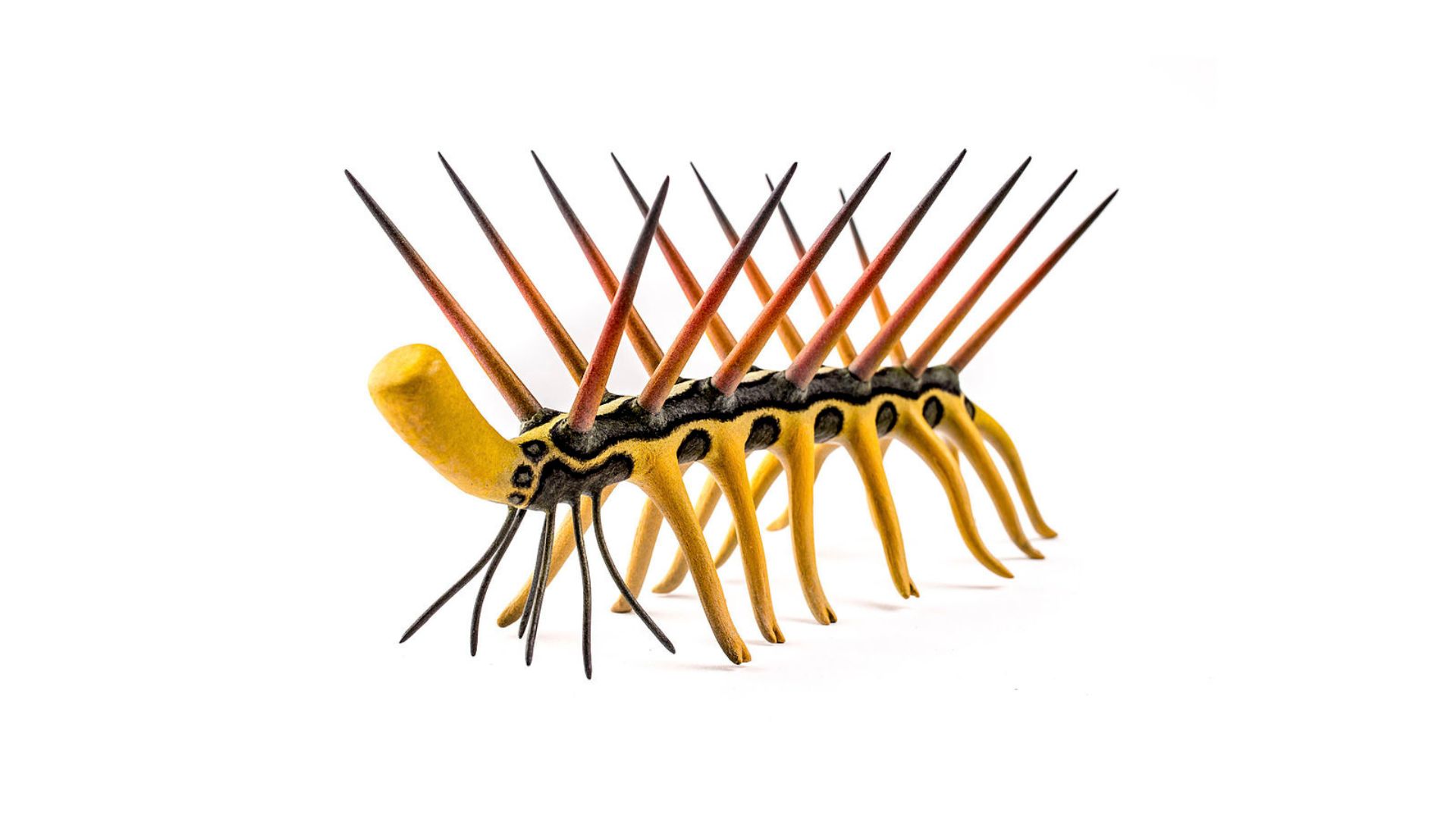
Picture a creature straight out of an alien world: the lobopodian, with its elongated body, short legs, and back spines that might remind you of a punk hairstyle.
Its front was adorned with feather-like appendages, making it a subject of fascination and mystery among scientists for years.
The Mystery of Evolution
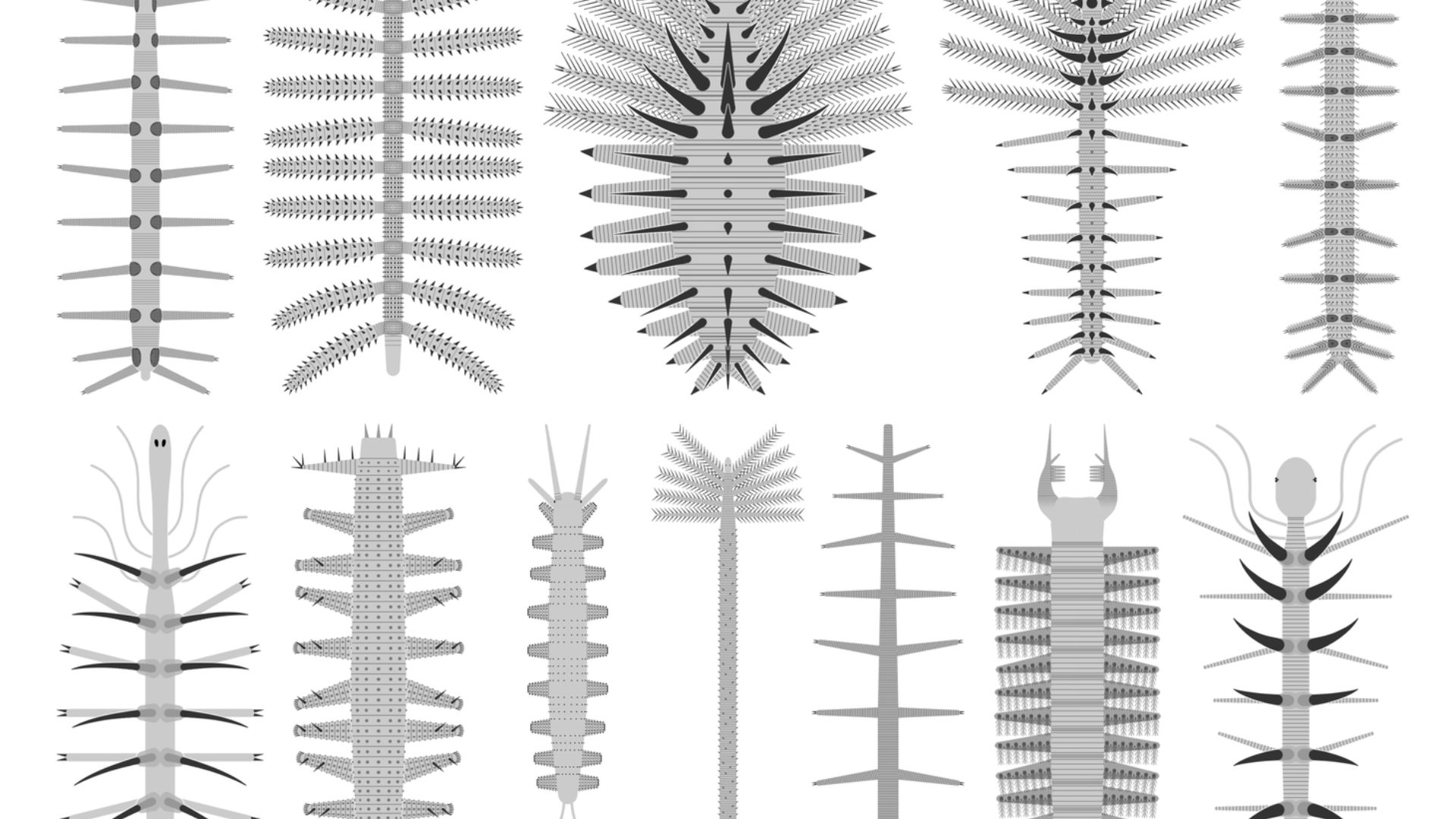
How did such creatures evolve?
Researchers are piecing together clues, suggesting that rising oxygen levels might have kick-started an evolutionary sprint, enabling these ancient beings to thrive under changing environmental conditions.
Discoveries at Tulip Beds

Named for the unique tulip-shaped fossils discovered there, the Tulip Beds have proven to be a goldmine.
Since the site’s initial discovery, the Royal Ontario Museum’s team has identified 50 new species, illustrating the site’s paleontological significance.
Anatomy of the Lobopodian
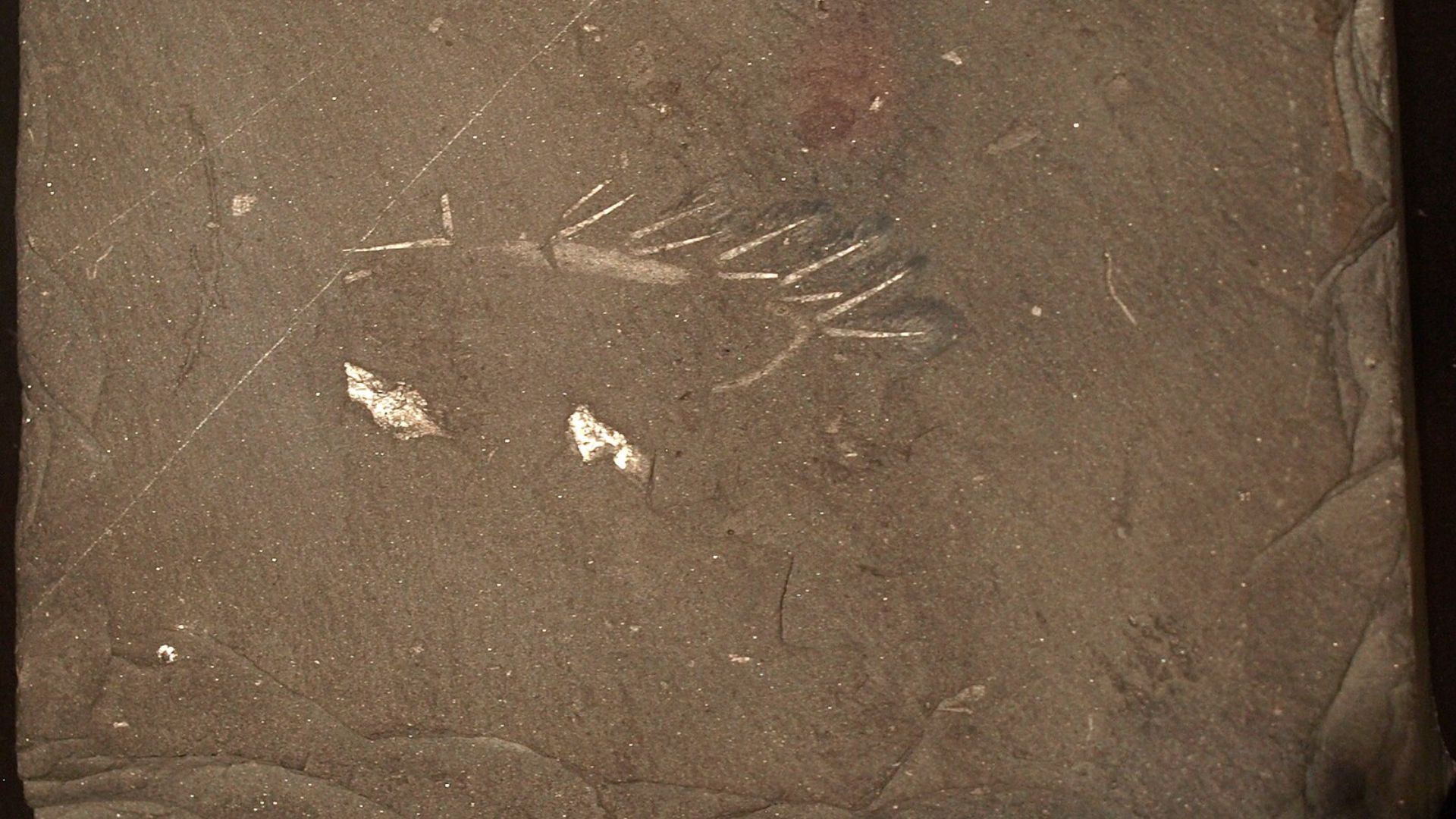
Despite its modest size of just two inches, the lobopodian boasted an intricate anatomy with 11 lobopods or appendages.
This complex structure hints at a highly adaptable organism, equipped for survival in its ancient habitat.
Defining Features
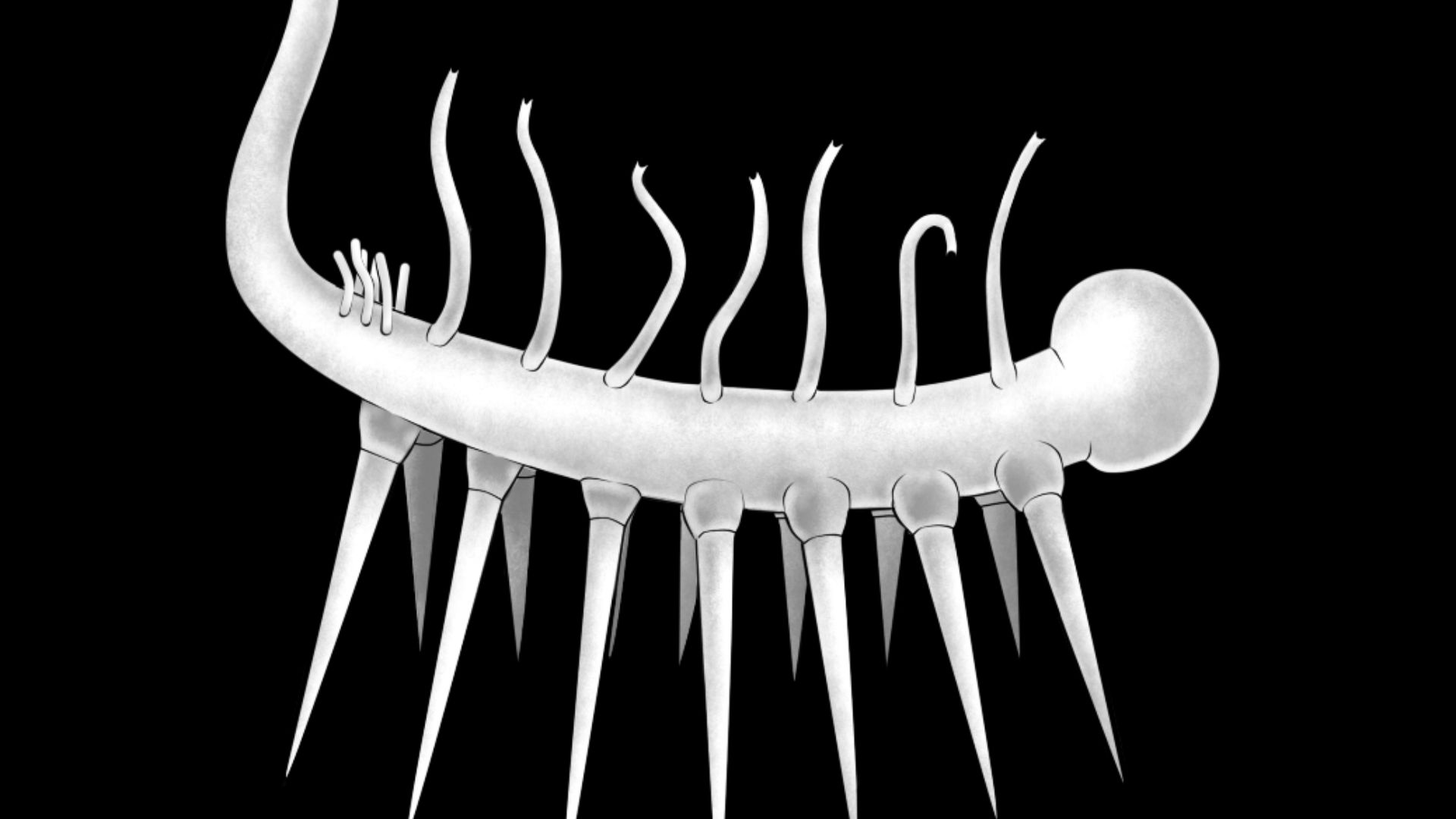
The lobopodian’s limbs were a marvel, equipped with “very short spines” and impressive rows of “curved chevron-shaped, claw-like spines,” as noted in the Journal of Systematic Palaeontology.
These adaptations likely played crucial roles in its mobility and environmental interactions.
Specialized Body Functions
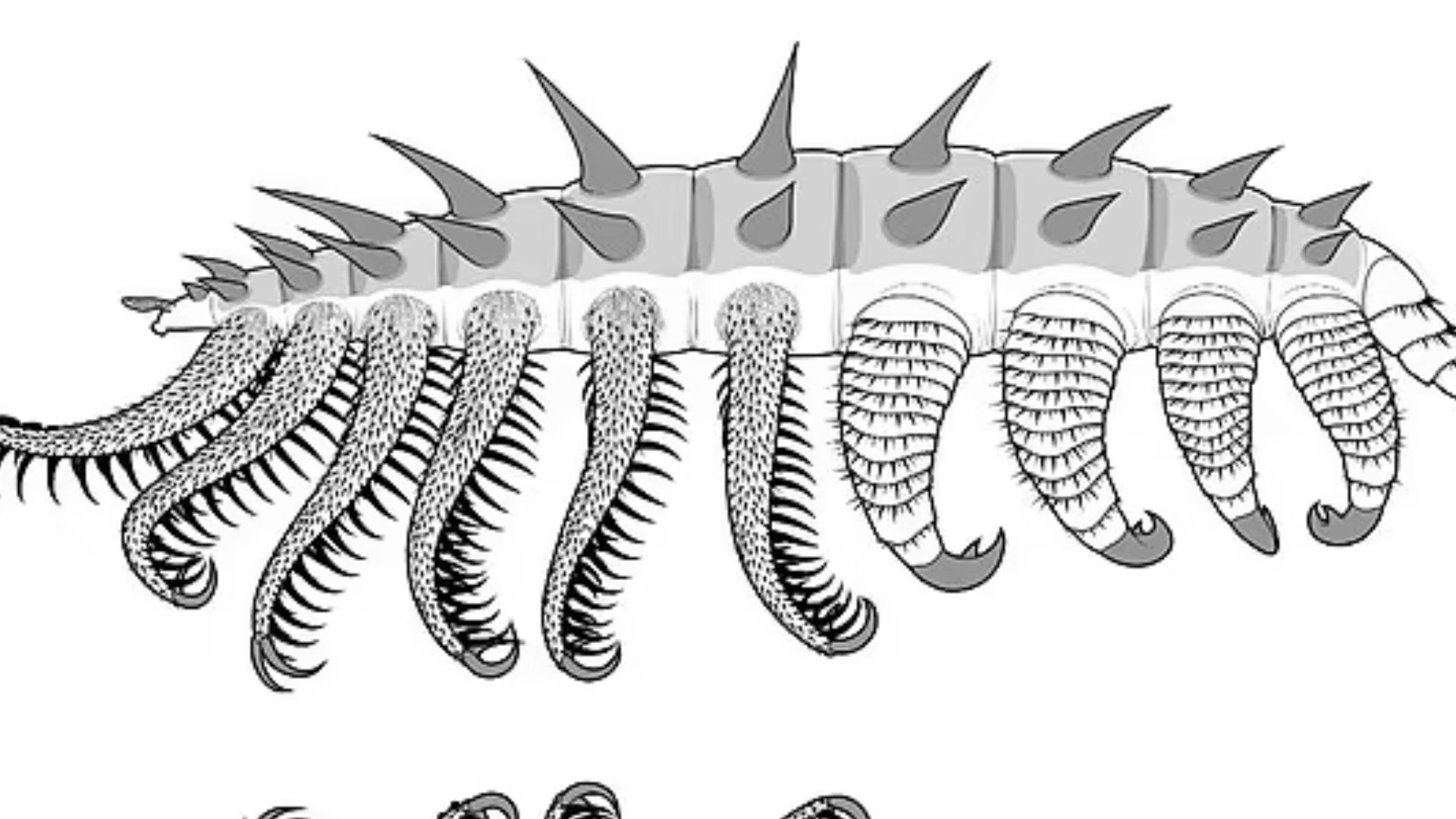
A closer look at the lobopodian reveals a body segmented for specialized functions, akin to modern arthropods.
This level of sophistication in body design illustrates a remarkable evolutionary achievement for such an ancient creature.
Survival Strategies
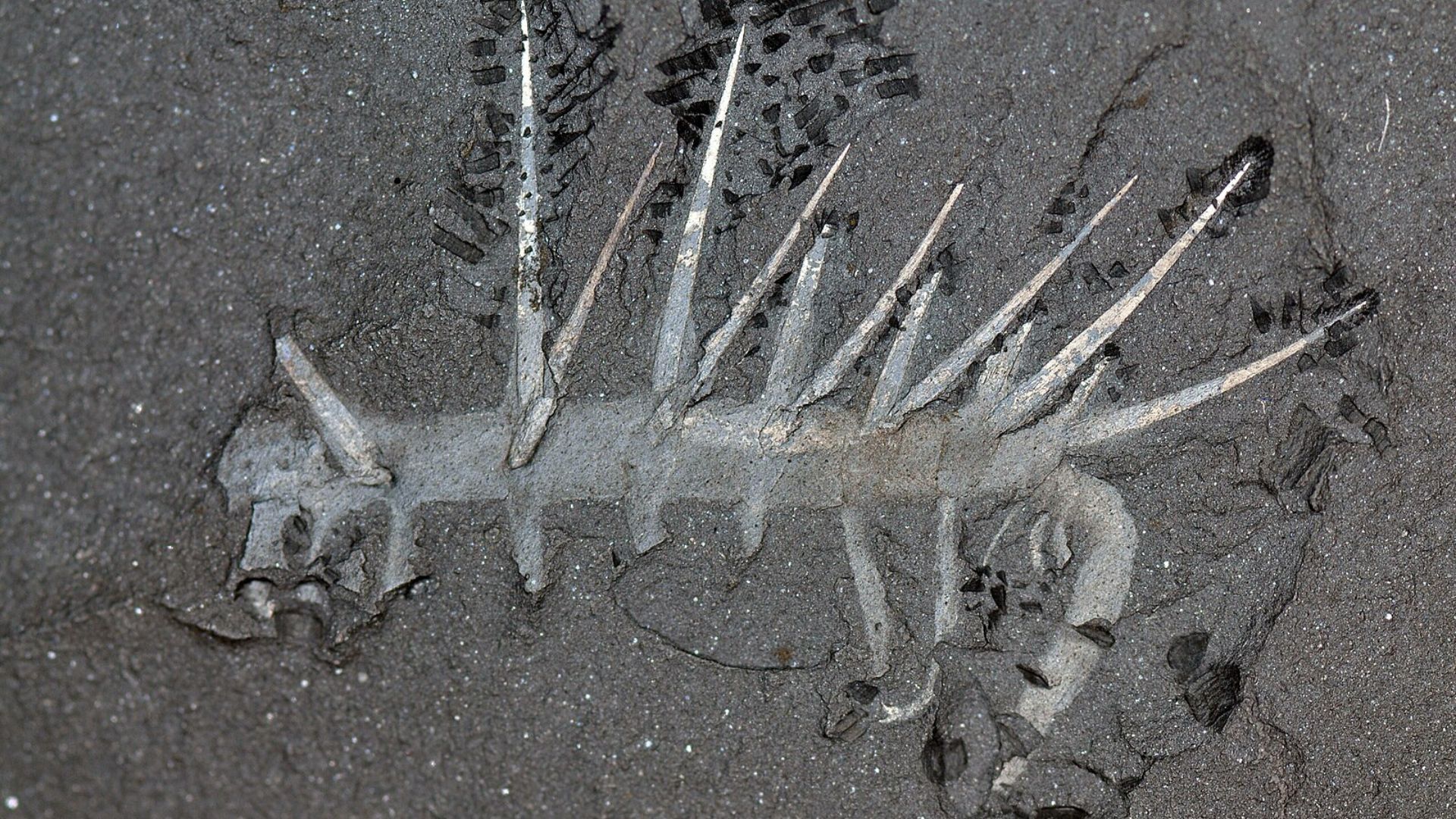
The back limbs of the lobopodian weren’t just for show; they likely offered protection.
Meanwhile, its other appendages specialized in suspension-feeding, a method involving the capture and ingestion of food particles floating in water.
The Cambrian Explosion Link
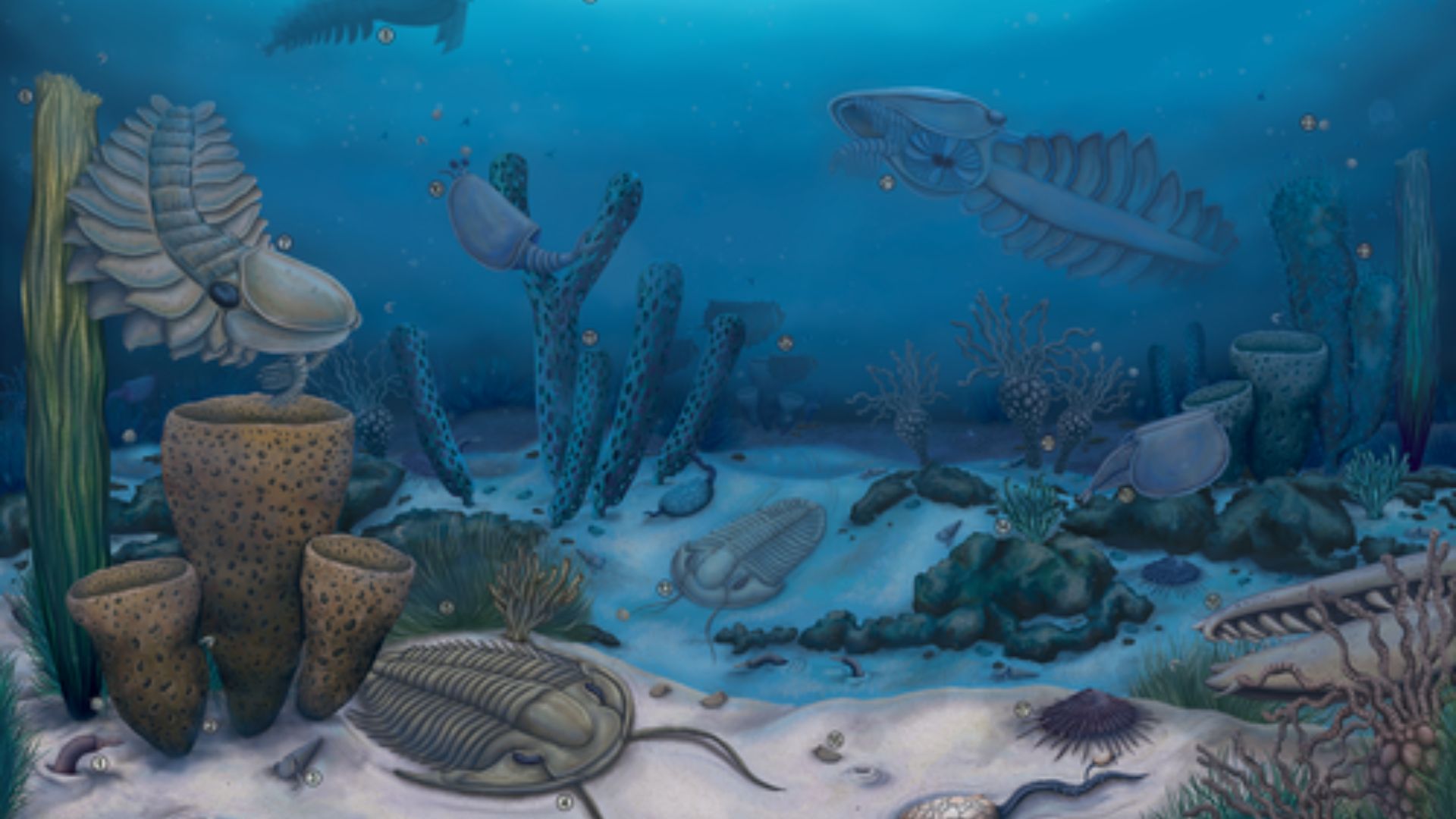
The lobopodian emerged during the Cambrian explosion.
This was a vital era that dramatically reshaped life on Earth, heralding a surge in the diversity and complexity of marine life around 530 million years ago.
Professor Harper’s Perspective

In 2013, Professor Harper from Durham University highlighted the importance of this era.
They said, “The Cambrian explosion is one of the most important events in the history of life on our planet, establishing animals as the most visible part of the planet’s marine ecosystems.”
A Chain Reaction of Evolution
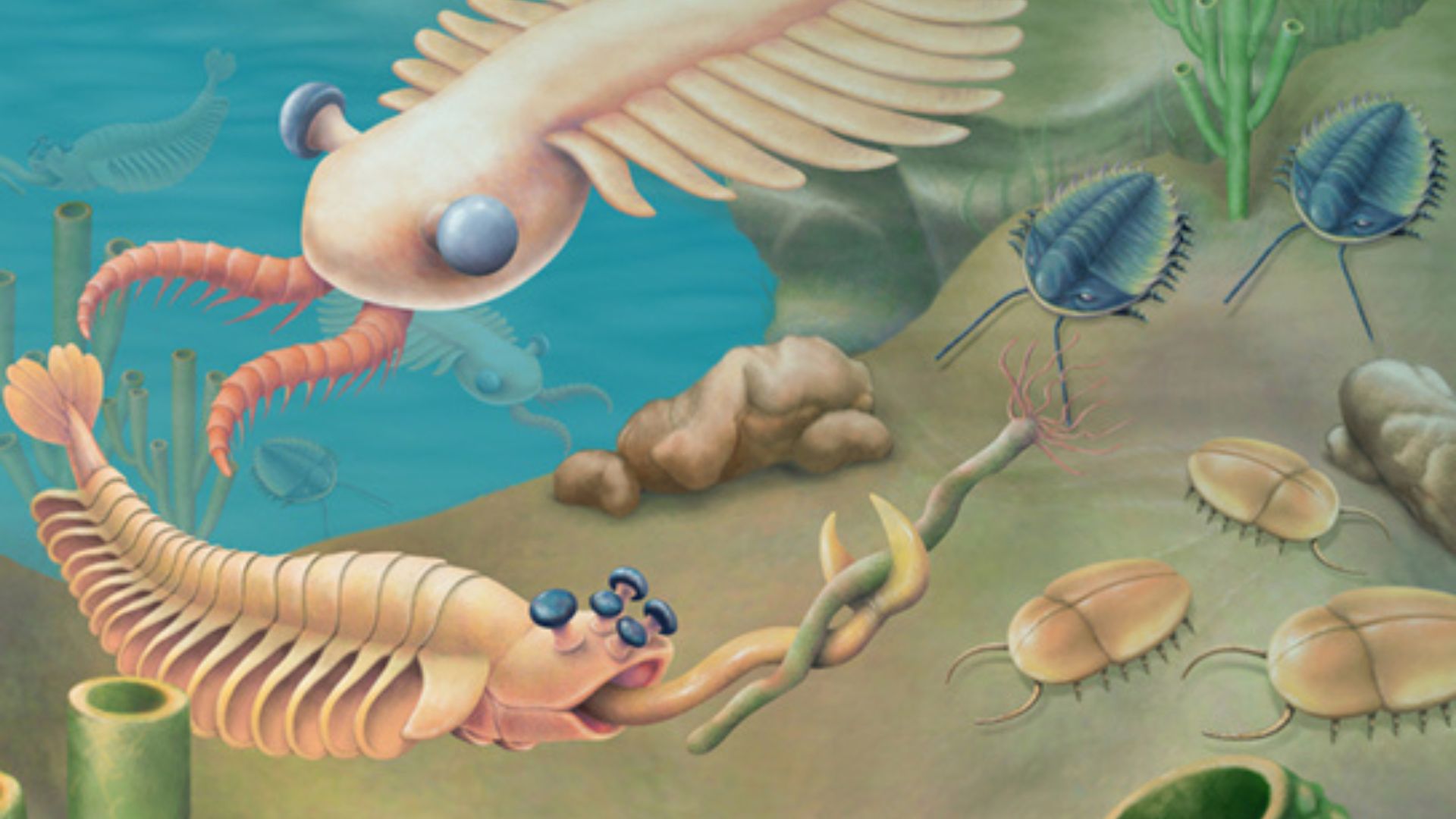
Professor Harper emphasized the complexity behind this evolutionary burst.
“It would be naïve to think that any one cause ignited this phenomenal explosion of animal life. Rather, a chain reaction involving a number of biological and geological drivers kicked into gear, escalating the planet’s diversity during a relatively short interval of deep time.”
Reflecting on Cambrian Innovations
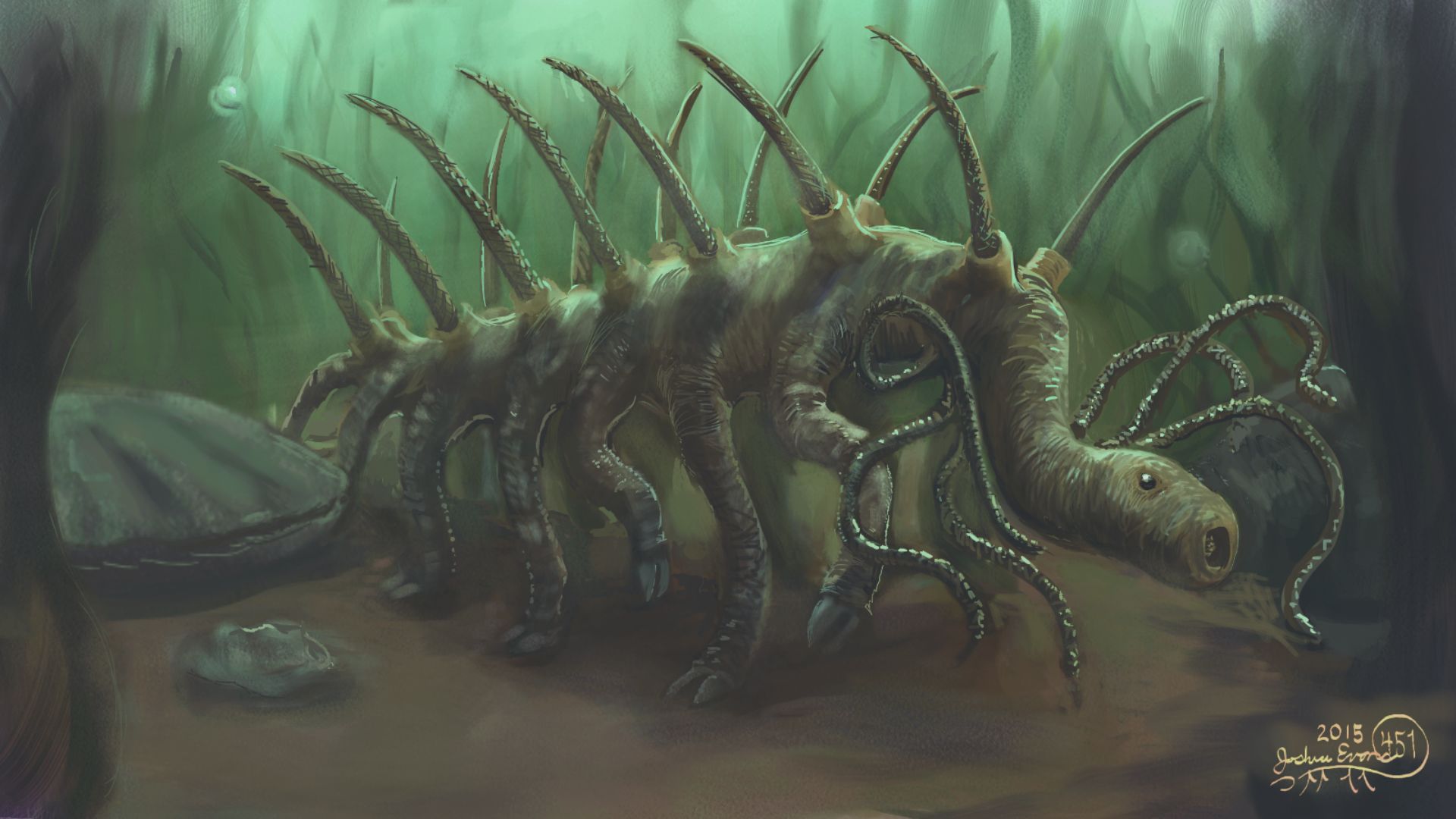
Dr. Greg Edgecombe highlighted the broader implications of the Cambrian period: “It was a time of body plan innovation and diversification, but also an ecological phenomenon as life responded to changing environmental conditions.”
This era laid the groundwork for the intricate marine ecosystems we observe today.
